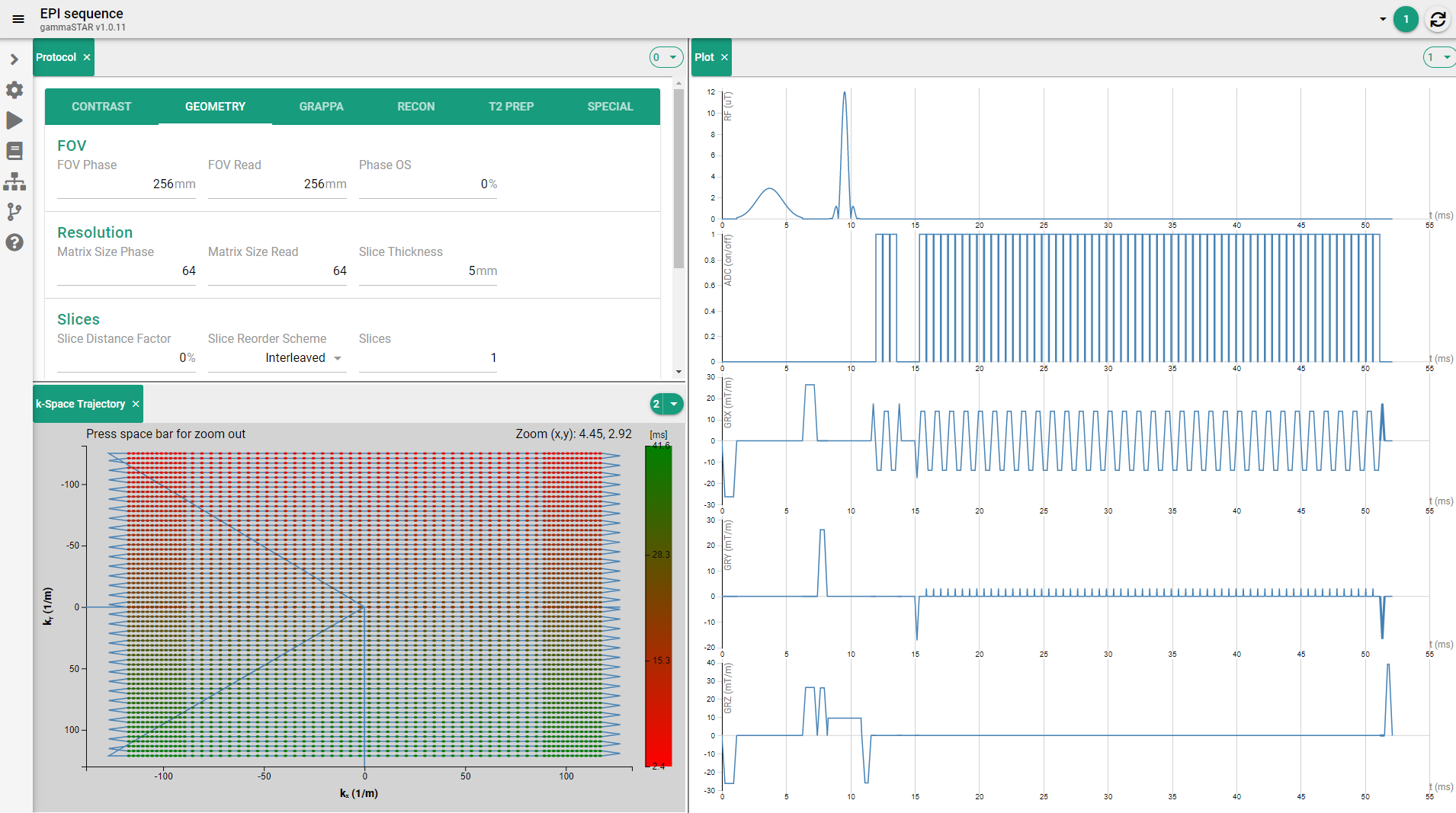
The vast majority of clinical decision making relies on structural images. However, physiological image information would add a new perspective, allowing earlier diagnosis and better therapy monitoring by exploiting the fact that physiological changes precede changes in tissue structure. At present, physiological imaging techniques are rarely used in clinical practice due to their lack of robustness and increased complexity. Fraunhofer MEVIS aims for reducing the complexity of these imaging techniques and making it useful for wider applications, initially focusing on Ultrasound (US) and Magnetic Resonance Imaging (MRI) techniques. We build on a long tradition in developing and deploying physiological imaging techniques by being among the leading groups in the development of Arterial Spin Labeling (ASL) sequences, a perfusion imaging method that does not require contrast agents.
 Fraunhofer Institute for Digital Medicine MEVIS
Fraunhofer Institute for Digital Medicine MEVIS



 in the the IEEE IUS 2020
in the the IEEE IUS 2020